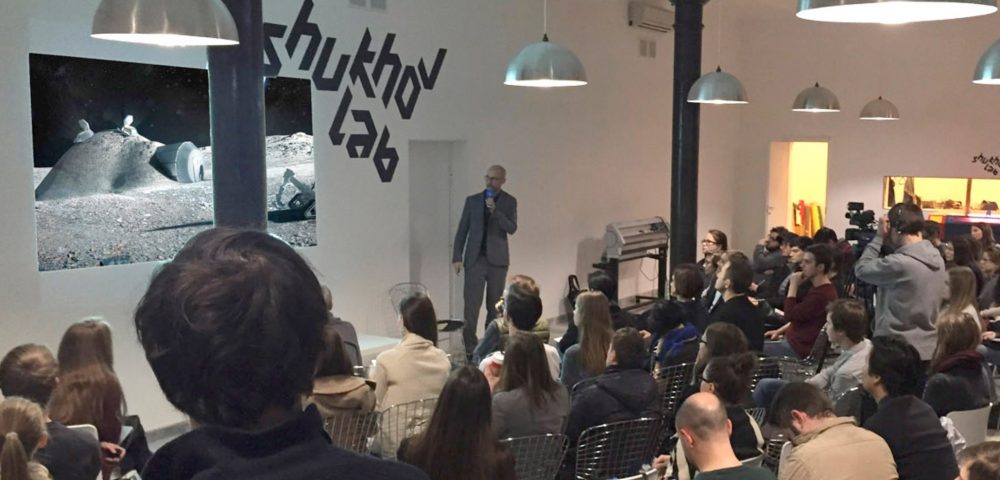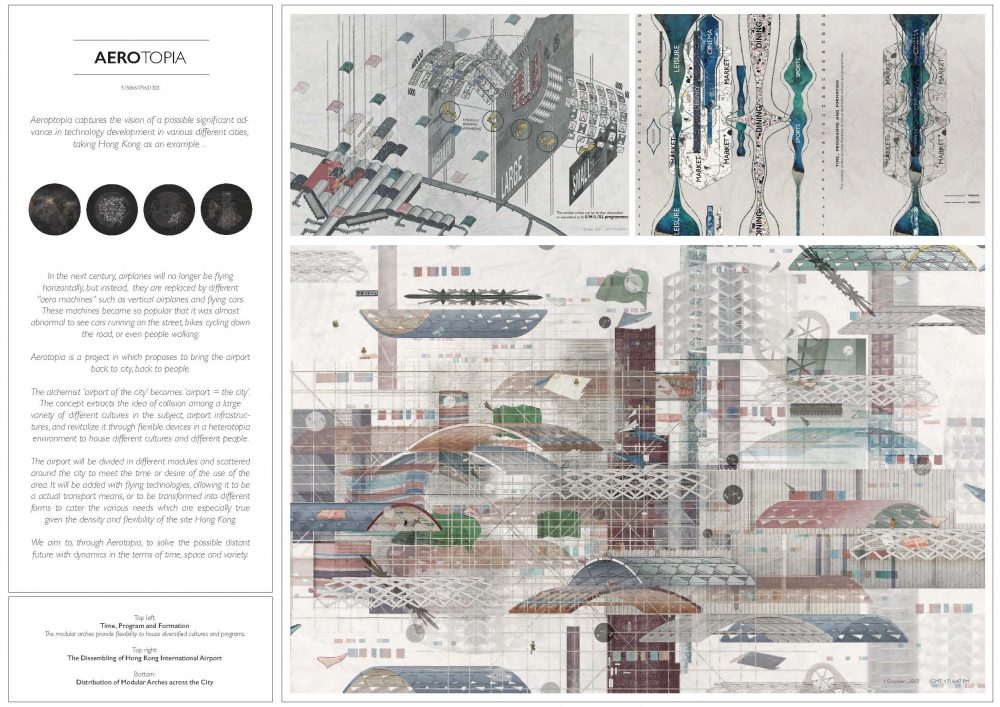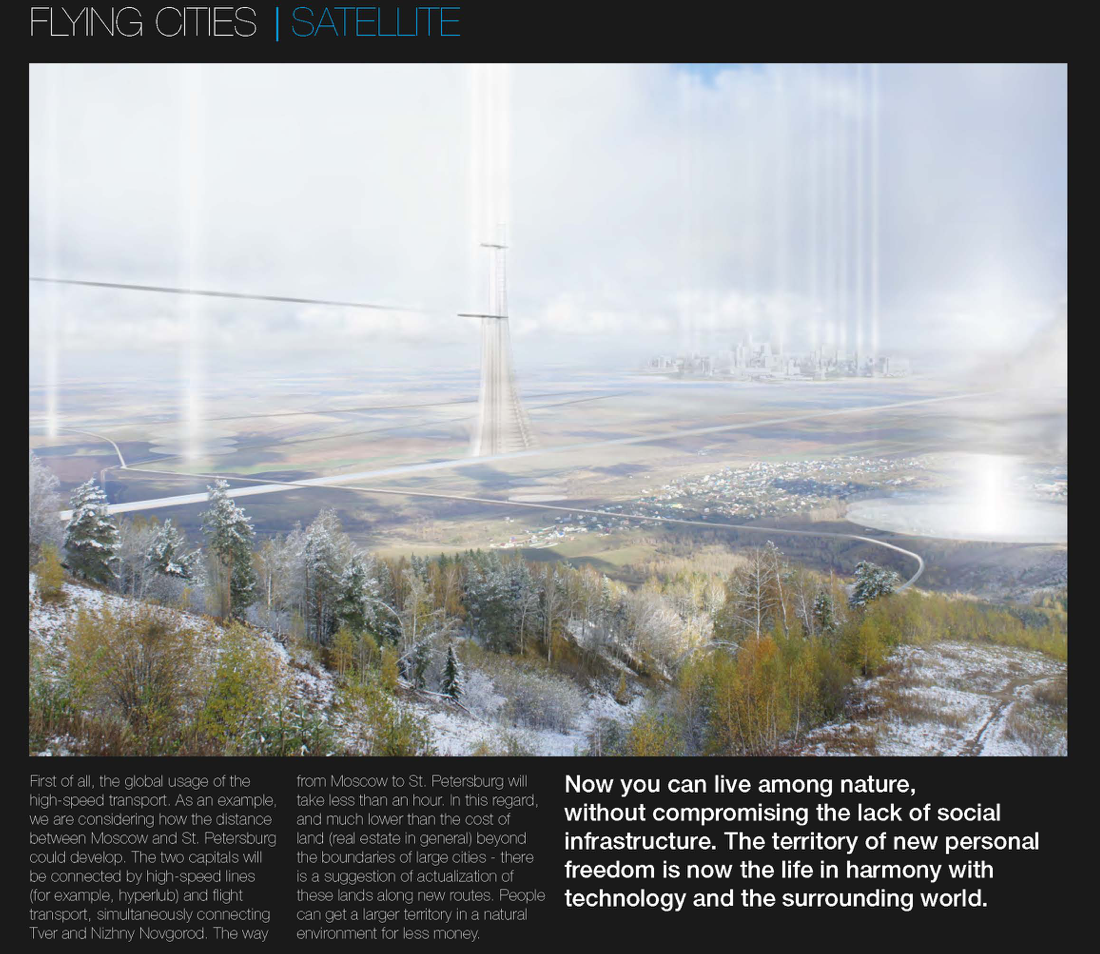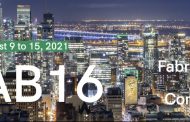The Shukhov Lab in Russia has awarded the winners of their first Future Cities online competition “Cities for a Flying World.” The official Awards Ceremony was held at the Moscow lab on March 26, and the second online competition – “Cities for a Cold World” – has been launched.
The competition aims to generate a discussion about life in extreme cold territories. It challenges participants to design a project related to the future of cities when the human habitat will be living in extremely cold environments and in conditions of global climate change.
2017 “Cities for a Flying World” International Contest Winners
Shukhov Lab has the results of the first Future Cities Competition “Cities for a Flying World.” The online contest was open to young professionals from any field who were willing to create a new city infrastructure, new buildings, new device, new social platform or a mix of all of the above for a city where things start to fly. The contest was a research initiative in the parallel with the launch of a new Master’s Program ‘Prototyping Future Cities’ of the HSE Graduate School of Urbanism in Moscow.
More than 600 students and young professionals from all over the world registered to take part in the contest. For the final stage, 93 proposals from 26 countries were submitted including USA, China, Russia, India, Vietnam and many others. Each project included a brief description of the concept and graphic materials, such as plans, elevations, digital models, drawings and photographs.
The winning award went to the project “Twinkle” by Honghao Deng and Jiabao Li (Harvard School of Design, USA), dedicated to the use of luminous transformative shapes on light posts.
Nowadays the lightning leaves many unsafe perceptions and instigates crimes. “Twinkles” could be compared to aerial animals like fireflies, which are curious, playful and attracted by human activities. During the daytime, they rest expanding their solar panels for charging. At night, they interact with pedestrians to improve urban safety without surveillance.
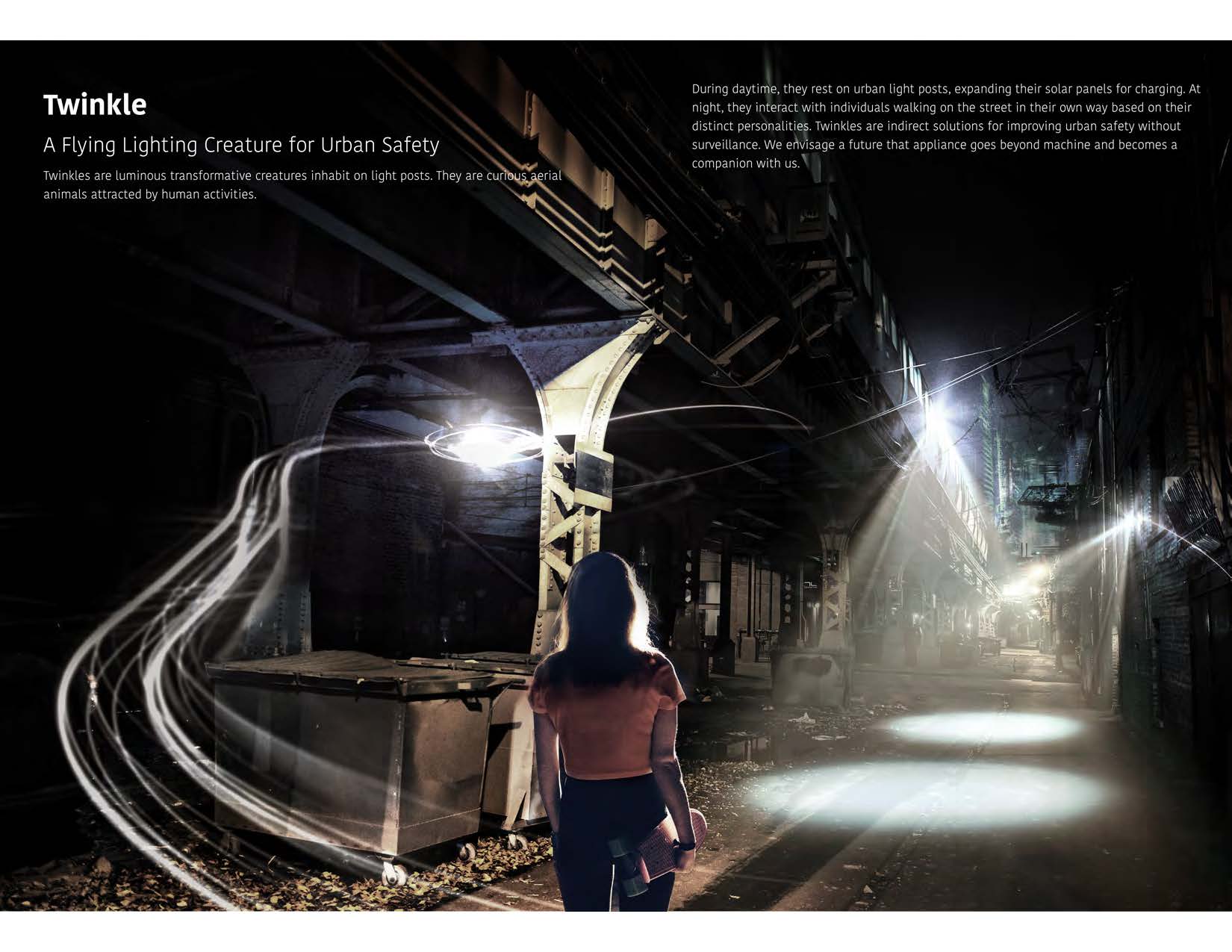
The second place was awarded to the project “Aerotopia” by Audrey Chan and Iskm Hon (UK).
They were inspired by the current abusive use of energy in cities all over the world which may lead to the energy crisis in the nearest future. Building on the idea that in the nearest future we will have vertical airplanes and flying cars, “Aerotopia” proposes to bring the airport back to the city, back to people. It is about the airport which will be divided into different modules and scattered around the city, so it can cater the various needs. The “airport of the city” becomes “airport = the city”. The concept revitalises airport infrastructures to house different cultures and different people.
The third place was given to the project “Satellite City” by Olga Melnikova, Alexey Lotsmanov (HSE Art and Design School, Russia) and Vladislav Shlenov (Moscow Architectural Institute, Russia). Being excited about the idea of flying vehicles, they created a model of the satellite cities connected with megapolises by flying transport.
The aim of the competition is to stimulate creative and research activity in order to generate insights and visions about the city of the future. Organizers were inspired by such modern projects as Uber Flying Cars, Hover Surf and Amazon Zeppelin and believe that flying technologies will transform the urban environment in the future. How will the city change with the flying vehicles? Will these cars fill the urban space like famous spinners in the cult sci-fi movie “Blade Runner” (Ridley Scott, 1982)? Can cars drive take of vertically, hover and cruise using the jet propulsion in the nearest future? If so, how will the city life, its infrastructure and social life change?
Director of Shukhov Lab, former chief architect of Barcelona Vicente Guallart said: “The Shukhov Lab is a new center created at the Higher School of Economics in Moscow in order to investigate the city that is to come, and especially the impact of information technologies on the city and society. Through competitions like this one, the laboratory seeks to promote debates on topics of global relevance using Russia’s technological, artistic, cultural or social traditions.”
Cathy Runciman, media expert, co-founder of “Atlas for the Future” and one of the competition jurors commented: “Many projects took nature as their inspiration for new models of skyscrapers – I found the poetic and elemental aspect of this (while it may not be super practical in the short term) very seductive, especially thinking about how flying technologies may help us to live more harmoniously.”
Projects were evaluated by an international jury board:
Silvia Brandi – Director of Communications and External Relations, IAAC MAA Senior Faculty, Barcelona
Ali Basbous – Founder and Director of Building by Associative Data, Beirut
Xavier de Kestellier – Head of Design Technology and Innovation ‘Hassell Studio’, London
Vicente Guallart – Director of a Shukhov Lab, former chief architect of Barcelona 2001-2015, Barcelona
Daniel Ibanez – Architect, Harvard GSD, Urban Theory Lab, USA
Sergey Kuznetsov – Chief Architect of Moscow, Russia
Matthias Kohler – Professor of Architecture and Digital Fabrication ETH, Zurich
Greg Lynn – Architect, Head of ‘Greg Lynn FORM office’, Professor of Architecture, Los Angeles
Yang Lei – Industrial designer, Beijing
Joachim Mitchell – Architect, Terreform One, New York
Alexey Novikov – CEO Habidatum, Moscow
Cathy Runciman – Media expert, Co-founder ‘Atlas of the future‘, London
Pati Nuñez – Journalist, Writer, Curator and Communication Consultant ‘Pati Nunez Agency’, Madrid
Matteo Robiglio – Architect, Professor Politecnico di Torino, Torrino
Jon Tugores – Jon Tugores + Architects, photographer and Vueling pilot, Barcelona



